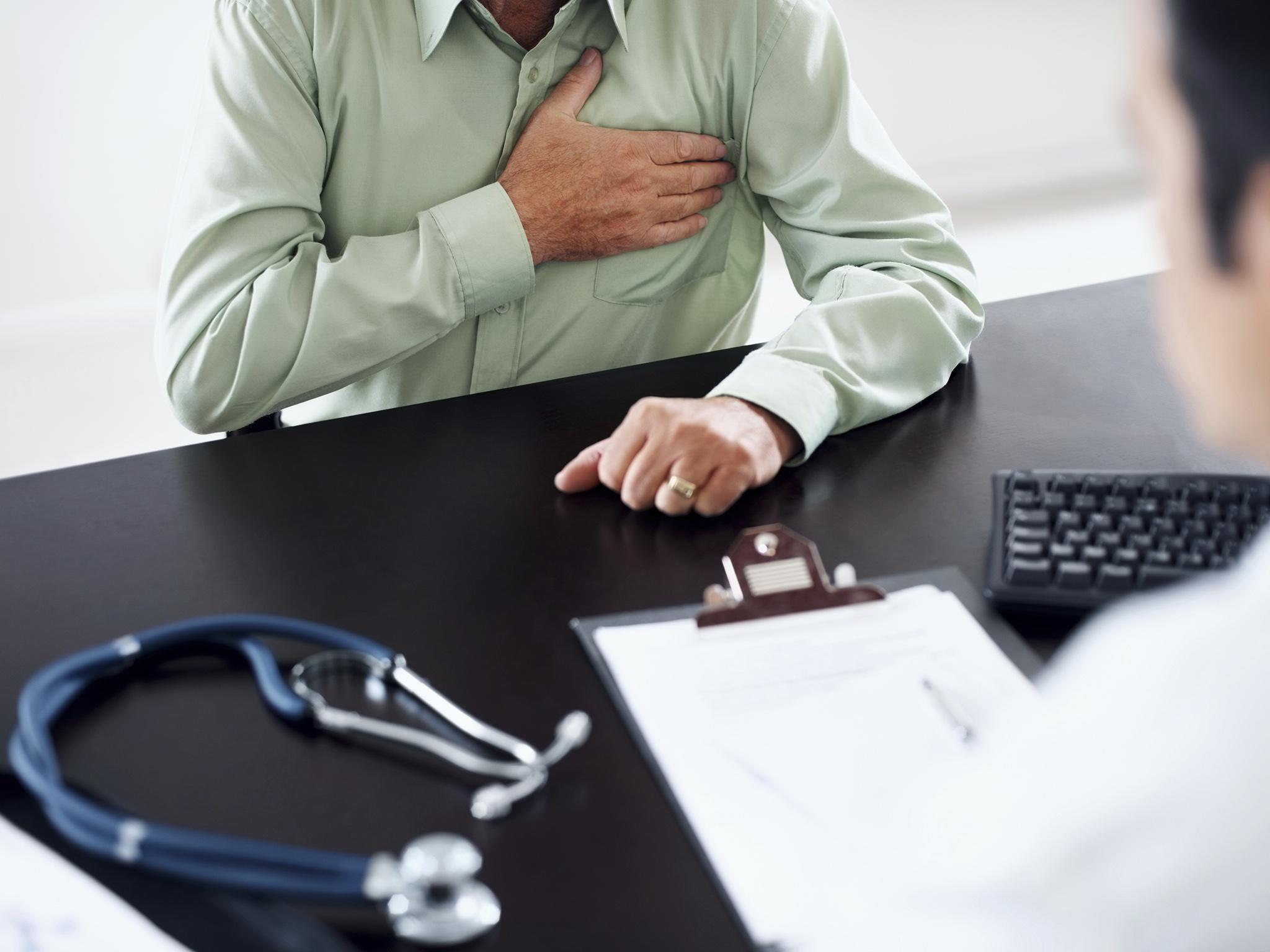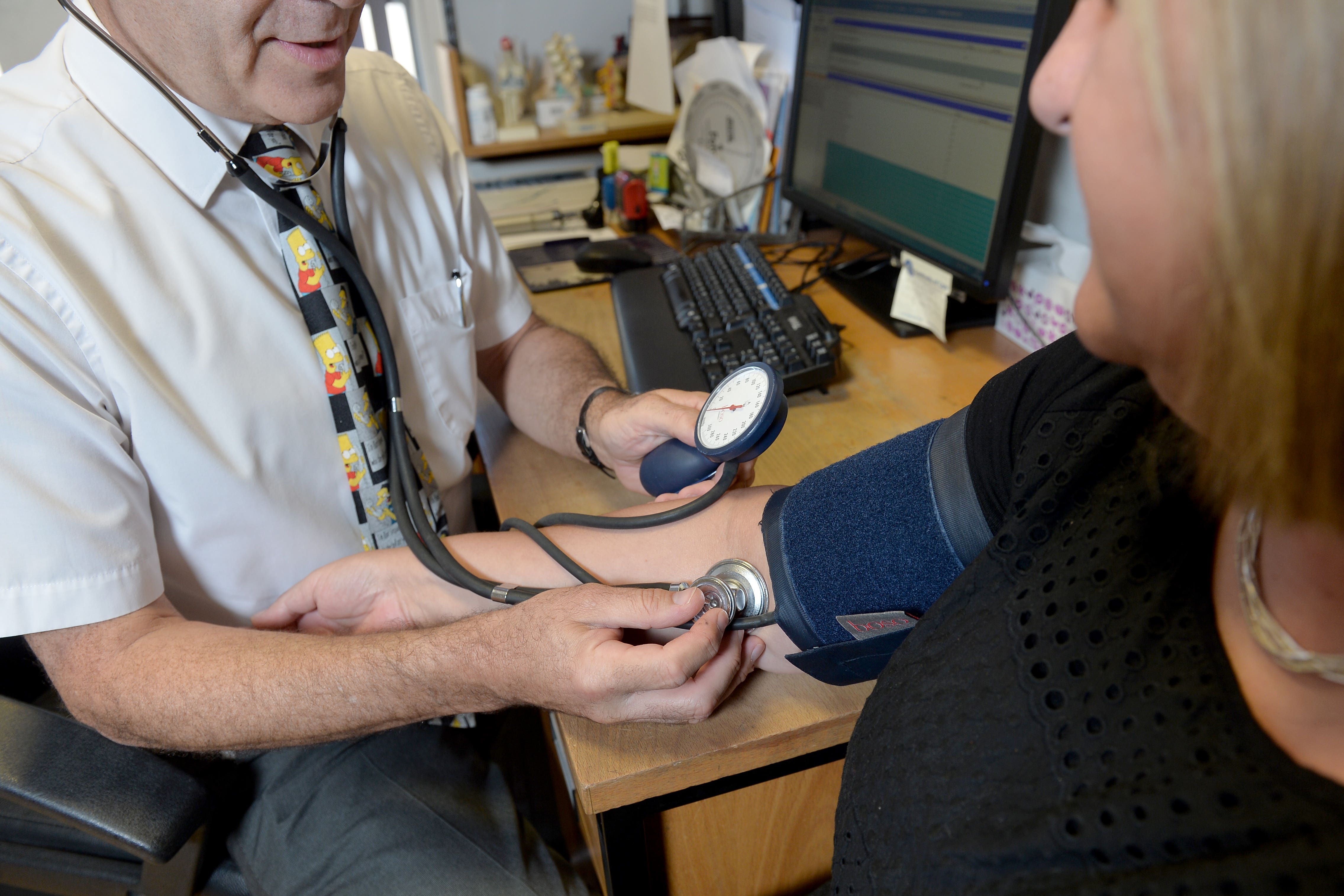ARTICLE AD BOX
A simple MRI scan could predict heart disease risk a decade before any symptoms appear, a new study suggests.
Researchers at the University of Dundee analysed data from more than 5,000 volunteers in the Tayside area, collected between 2008 and 2013. At the time of data collection, none of the participants had a history of cardiovascular disease or were considered at immediate risk.
However, a decade later, the research team discovered a key indicator: an increased, yet still within the normal range, mass of the heart's left ventricle.
This enlargement, even in a properly functioning heart, signaled a heightened risk of future cardiovascular issues.
The study also revealed gender-specific risk factors. In men, a larger left ventricle correlated with diastolic blood pressure, while in women, the link was with cholesterol levels.
Ventricles are the lower “chambers” of the heart that pump blood to different parts of the body, with the right ventricle pumping blood to the lungs, and the left ventricle supplying blood to the rest of the body.

This breakthrough could pave the way for earlier intervention and preventative measures against heart disease.
Study lead Professor Jill Belch, of the university’s School of Medicine, described the findings as a “very exciting and significant development”.
“We looked at thousands of health records and it became apparent that the mass of the left ventricle was a clear indicator of future risk of cardiovascular disease,” she said.
“What made our findings particularly interesting was the difference we noted between men and women.
“In men, we found that a larger left ventricle, associated with heart attack and stroke, was linked to the diastolic – the bottom measure – blood pressure. This level was what we would consider to be normal, albeit in the upper level.
“In women, we found a link between an increase in left ventricle mass and cholesterol. Again, this level was in the upper end of what we would consider normal.”
She explained that the blood pressure and cholesterol levels in themselves would not have led to preventative treatment being offered.
Prof Belch went on: “We have clearly identified a very early marker of future cardiovascular disease which can be detected via a simple MRI scan.
“This is a widely available, easy to perform procedure that our study has proven to be able to identify people at risk of cardiovascular disease who may have no other identifiable risk factors, 10 years before the event.
“The ability to provide pre-emptive treatment for patients at a stage where their heart is working perfectly well could save vast numbers of lives which are cruelly taken from us as a consequence of cardiovascular disease.”

She added: “The volunteers who took part in this study had no immediate risk of heart disease.
“This is exciting as it allows us to pick up people, and treat them, before any organ damage has occurred.”
Cardiovascular disease can refer to several conditions that narrow or block blood vessels, including heart attack, stroke and heart failure.
While some people are susceptible for genetic reasons, a person’s likelihood of developing cardiovascular disease can be increased by factors like smoking, obesity, poor diet and lack of exercise.
The findings have been welcomed by the charity Chest Heart and Stroke Scotland (CHSS), which funded the study, with chief executive Jane-Claire Hudson saying they are “proud” to have supported the research.
“Studies like this are vital in enhancing our understanding of heart and stroke conditions as well possible ways to try and prevent their occurrence or reduce their impact on those currently affected,” she said.
“This research, combined with the work CHSS delivers across the country, can help us make a positive impact to people’s health in Scotland and ensure no life is half lived.”
The study was published in the journal Radiology.









 English (US) ·
English (US) ·